Affiliate links on Android Authority may earn us a commission. Learn more.
Super-sized smartphones: Looking back at the 'chonkiest' phones ever made
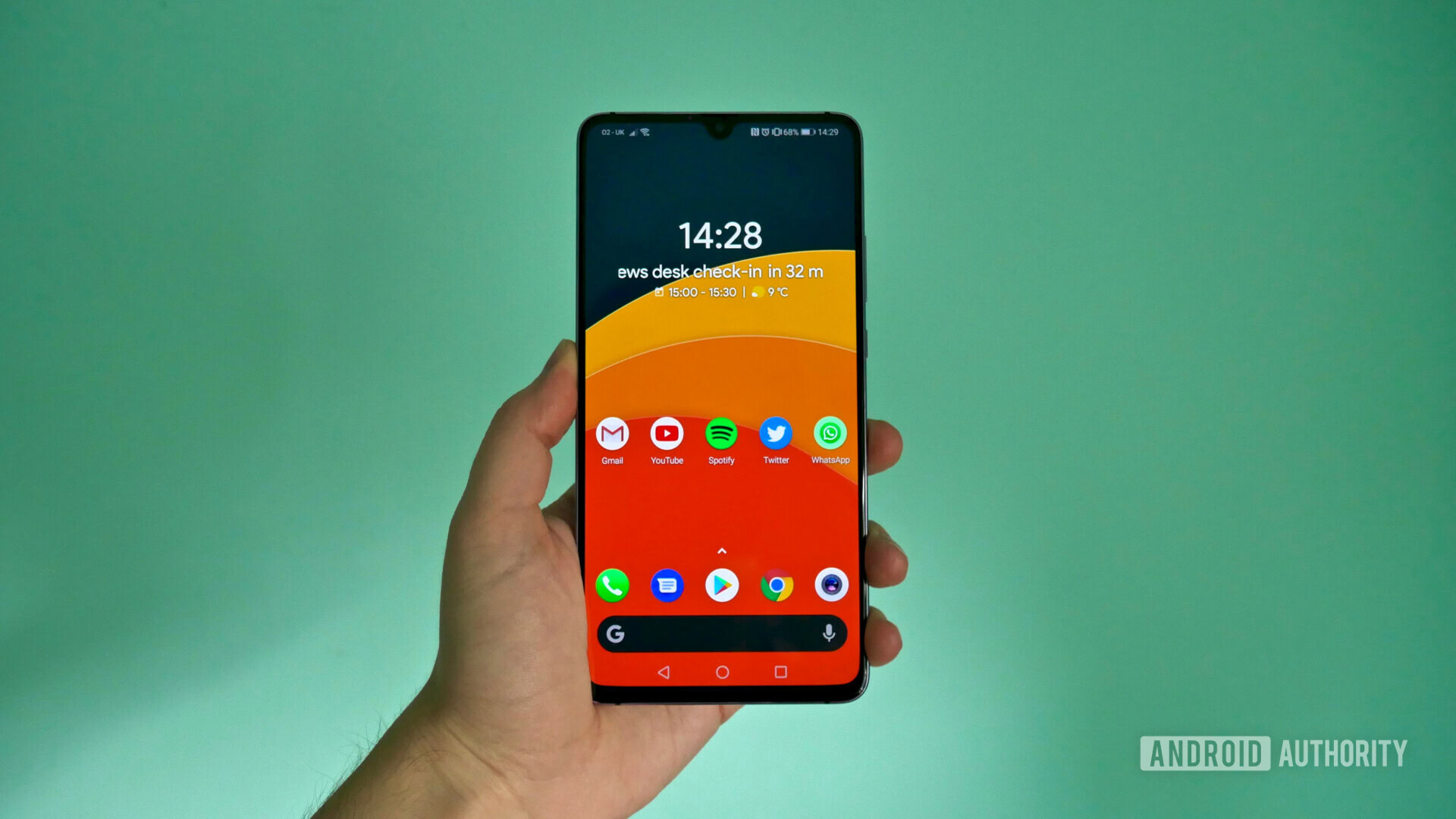
Remember when super-sized smartphones were the exception and not the rule? Just a few years ago, devices with 4.7- to 5-inch displays were considered normal and anything larger was readily referred to as a phablet. In 2021, it’s nearly impossible to find compact Android phones at all. As displays continue to grow larger the design philosophy that inspired phablets has become the standard.
But how did we get here? With the current heavyweights in mind, we take a look back at some of the most notable big-screen devices that first blurred the lines between smartphone and tablet, opening the door for today’s pocket killers.
Let’s take a look at some of the best biggest phones of all-time!
Samsung Galaxy Mega (2013)
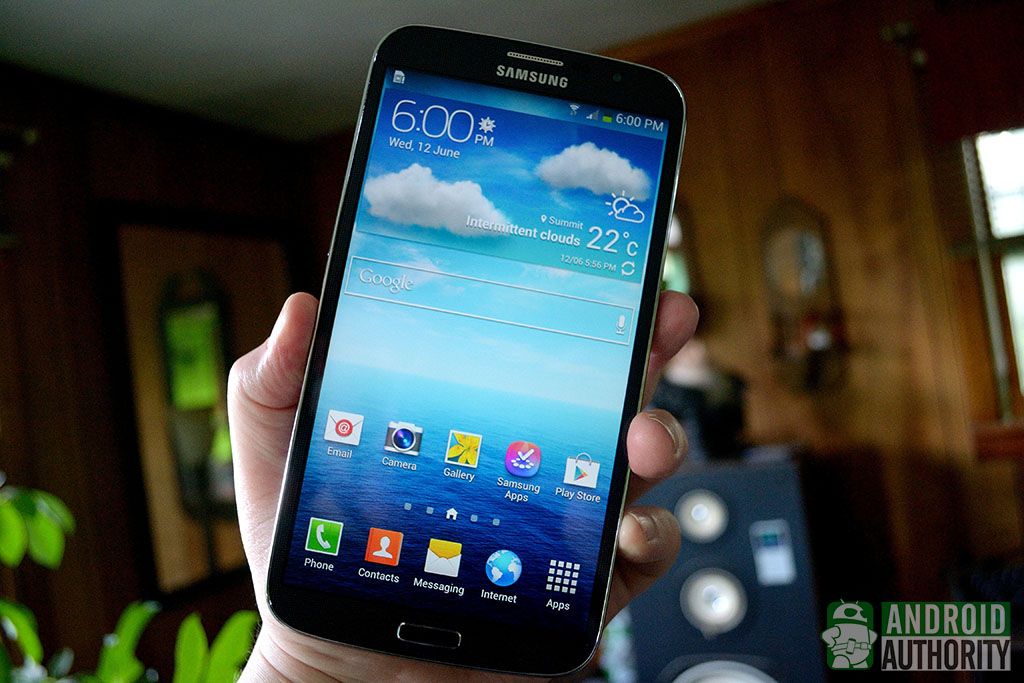
Screen size: 6.3-inches
Dimensions: 167.6 x 88 x 8mm
Weight: 199g
The Galaxy Note series wasn’t always Samsung’s big-screen smartphone option. In 2013, the Galaxy Mega wore its screen size as a badge of honor. The phone itself measured over 167mm in length and nearly 90mm in width, with enough space to fit a 6.3-inch display.
The Mega was an absolute monster of its time. Its screen dwarfed its smartphone contemporaries, like the HTCOne M7, Nexus 5, iPhone 5S, and Samsung’s own Galaxy Note 3 and Galaxy S4. While this meant it was the definitive choice for those who wanted more screen for content, it was nearly impossible to use one-handed.
See also: Best Samsung phones you can get: High-end, mid-range, and entry-level models
Another downside was the specs. The Mega was powered by the Snapdragon 400 SoC and packed just 8GB of internal storage. There was plenty of real estate to browse the web or pixel-peek shots taken with its 8MP camera, but the phone lacked the power enthusiasts craved. There was also a 5.8-inch version, but that was even more underpowered than its larger counterpart.
Buyers were asked to fork out ~$570 for the Galaxy Mega, which made it a hard sell when the more trim, refined, and successful $700 Galaxy Note 3 existed.
Sony Xperia Z Ultra (2013)
Screen size: 6.4-inches
Dimensions: 179.4 x 92.2 x 6.5mm
Weight: 212g
The super-sized screen genre didn’t die after the Mega. Instead, it seemingly gained popularity. Just a month later, Sony joined the revolution with the Xperia Z Ultra — a ludicrously large phone with flagship-grade specs.
The Z Ultra packed a then-intimidating 6.44-inch display, pushing the phone’s dimensions to over 179mm in length and 92mm in width. If you had a problem using the Mega’s size, the Z Ultra was definitely not the device for you either.
That said, Sony did pair that 1080p screen with a more powerful Snapdragon 800 SoC, 16GB of storage, and 2GB of RAM, making it a more refined entertainment hub and reliable workhorse.
Although we lamented its outrageous lack of usability as a phone at the time, Android Authority praised the Z Ultra for appealing to “the toy driven kid in all of us.” That’s something few current smartphones really do.
Xiaomi Mi Max 3 (2018)

Screen size: 6.9-inches
Dimensions: 176.2 x 87.4 x 8mm
Weight: 221g
Five years on from the Galaxy Mega and Xperia Z Ultra and smartphone screens were only getting bigger. Xiaomi’s run of super-sized devices culminated with the 6.9-inch screen Mi Max 3. Launched in 2018, the phone was a tidier evolution of the big-screen smartphone philosophy. It gave users an affordable device that demonstrated elegant design decisions despite its bulk.
For starters, the Mi Max 3 had minimal rails running alongside its screen, and employed aluminum construction instead of plastic. For its size, the phone was surprisingly practical too, with a quick capacitive fingerprint sensor at the rear, dual SIM slots, and a headphone jack. A 5,500mAh battery also ensured enough juice for up to two days, but it did mean that the phone was almost 10g heavier than the Z Ultra.
While big screens almost always came with a steep premium, the Mi Max 3 launched at around $250 in China, opening the door for larger affordable devices to enter the market.
HUAWEI Mate 20 X (2018)
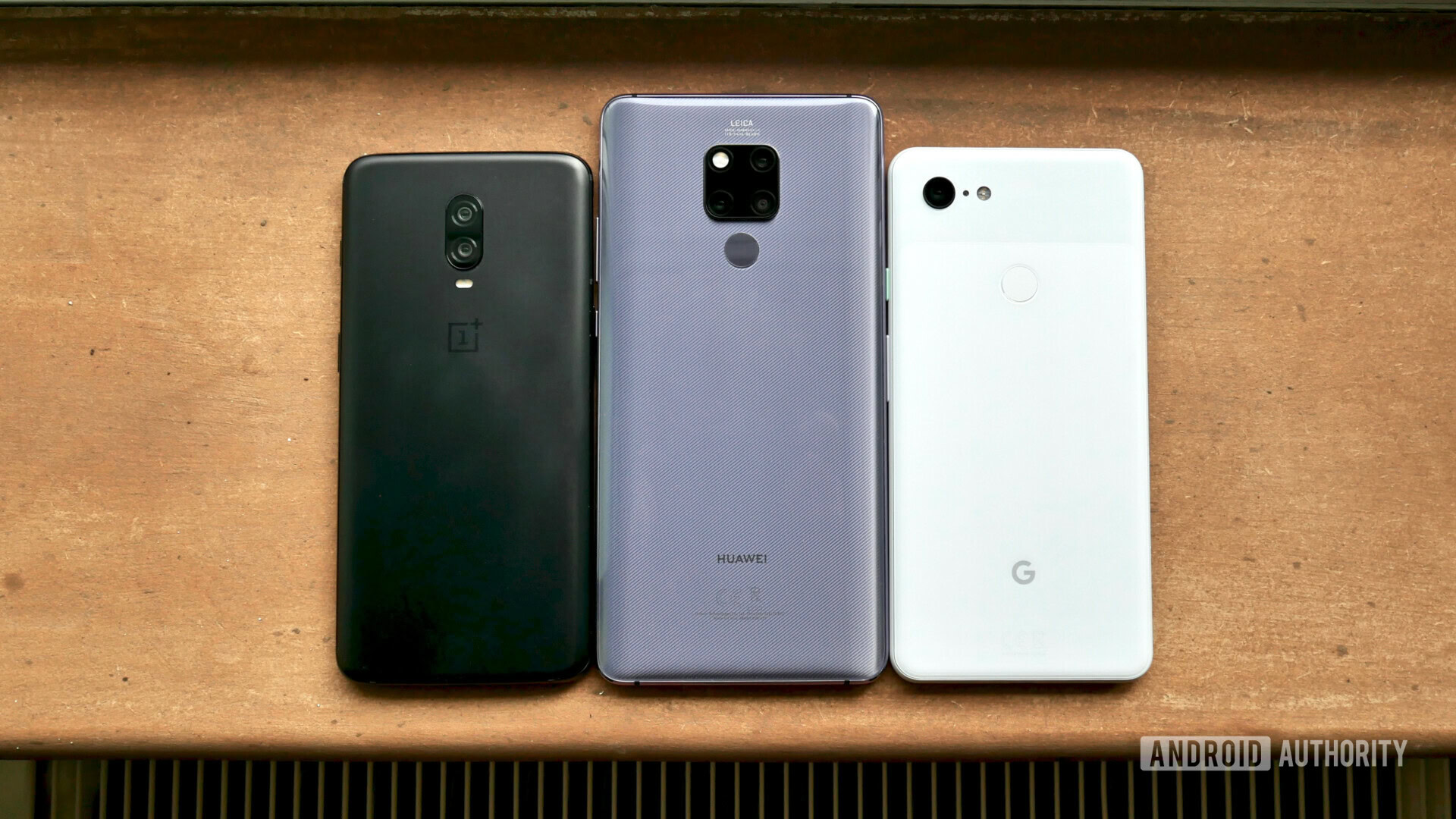
Screen size: 7.2-inches
Dimensions: 174.6 x 85.4 x 8.2mm
Weight: 232g
This wouldn’t be much of a big-screen roundup if we didn’t mention this absolute monster. We don’t think it would be a stretch to call the HUAWEI Mate 20 X one of the most unique devices from 2018.
The Mate 20 X’s selling point was, and still is, its extreme size. Its ballooned dimensions were considered a feature when held alongside its more refined Mate 20 siblings. Featuring a 7.2-inch display paired with stereo loudspeakers and the Kirin 980 chipset, the phone was an excellent pocket entertainment system for those who had pockets large enough to accommodate it.
Although the much-touted gaming performance was pretty average and the device was impossible to use without scaffolding, we praised the Mate 20 X in our review saying, “it’s the closest a phablet has come to balancing both the usability of a smartphone and a truly tablet-like screen so far.” You can still find this beast of a phone listed on storefronts today, now packing 5G support, too.
Samsung Galaxy S20 Ultra (2020)
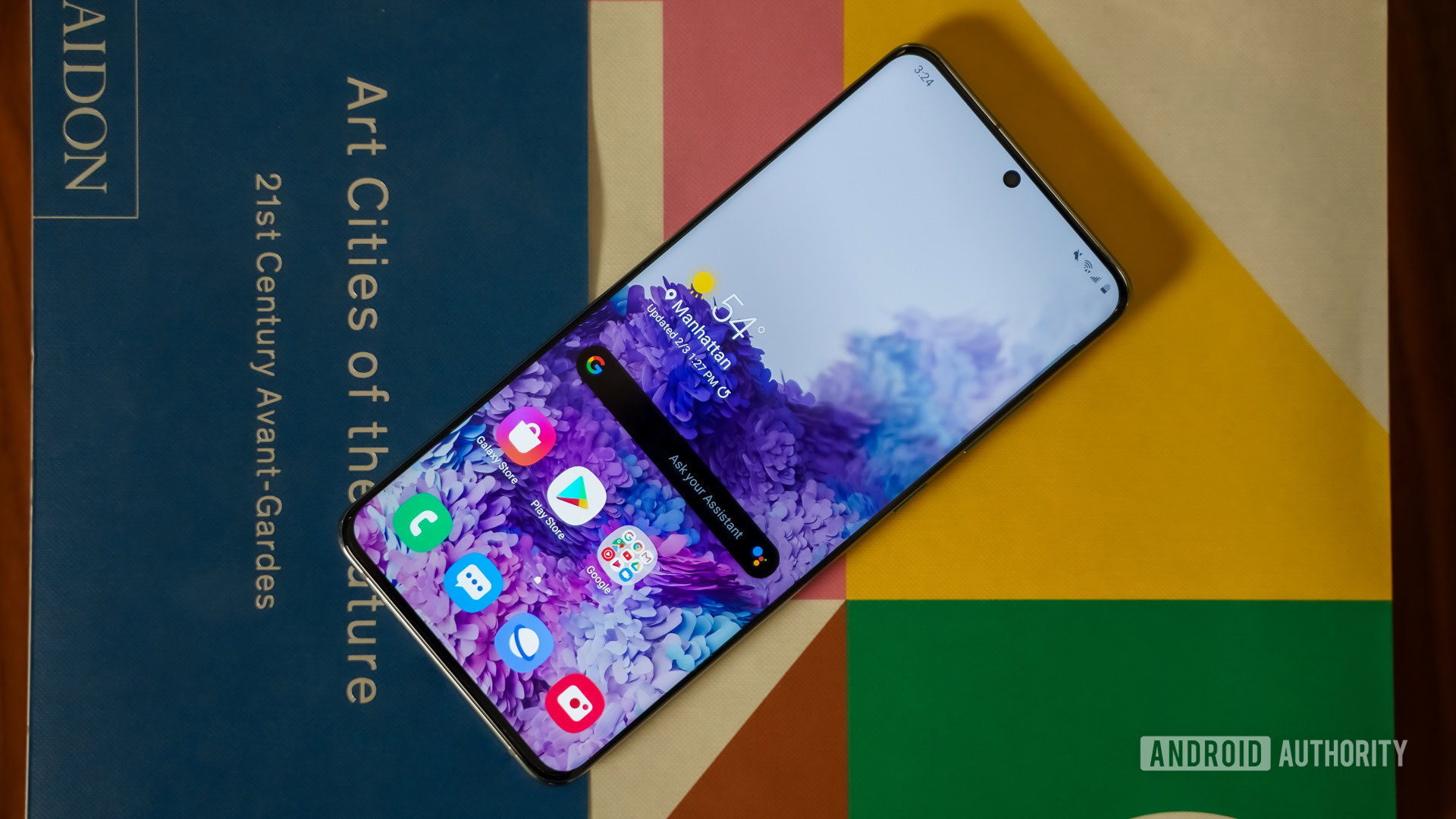
Screen size: 6.9-inches
Dimensions: 166.9 x 76 x 8.8mm
Weight: 220g
Flash forward to February, 2020, and the Galaxy S20 Ultra made its debut with a 6.9-inch display, the largest we’d ever seen on a Samsung smartphone that doesn’t flip or fold and a major size increase for the company’s flagship line.
Although the S20 Ultra’s display is larger than most of the devices we mentioned above, it’s both shorter and narrower than every single one — a testament to the advances in display and device design. That said, it didn’t make the phone any more usable. Its heft made it cumbersome in the hand and pocket, but did leave enough room for a whopping 5,000mAh cell to ensure users enjoyed excellent battery life, even with the screen’s 120Hz refresh rate enabled.
The Galaxy S20 Ultra saw the graduation of the super-sized smartphone from a gimmick that didn’t quite tick all the right boxes for enthusiasts, to one of the most feature-filled, super-sized phones ever to be released.
Today’s giants, tomorrow’s foldables?
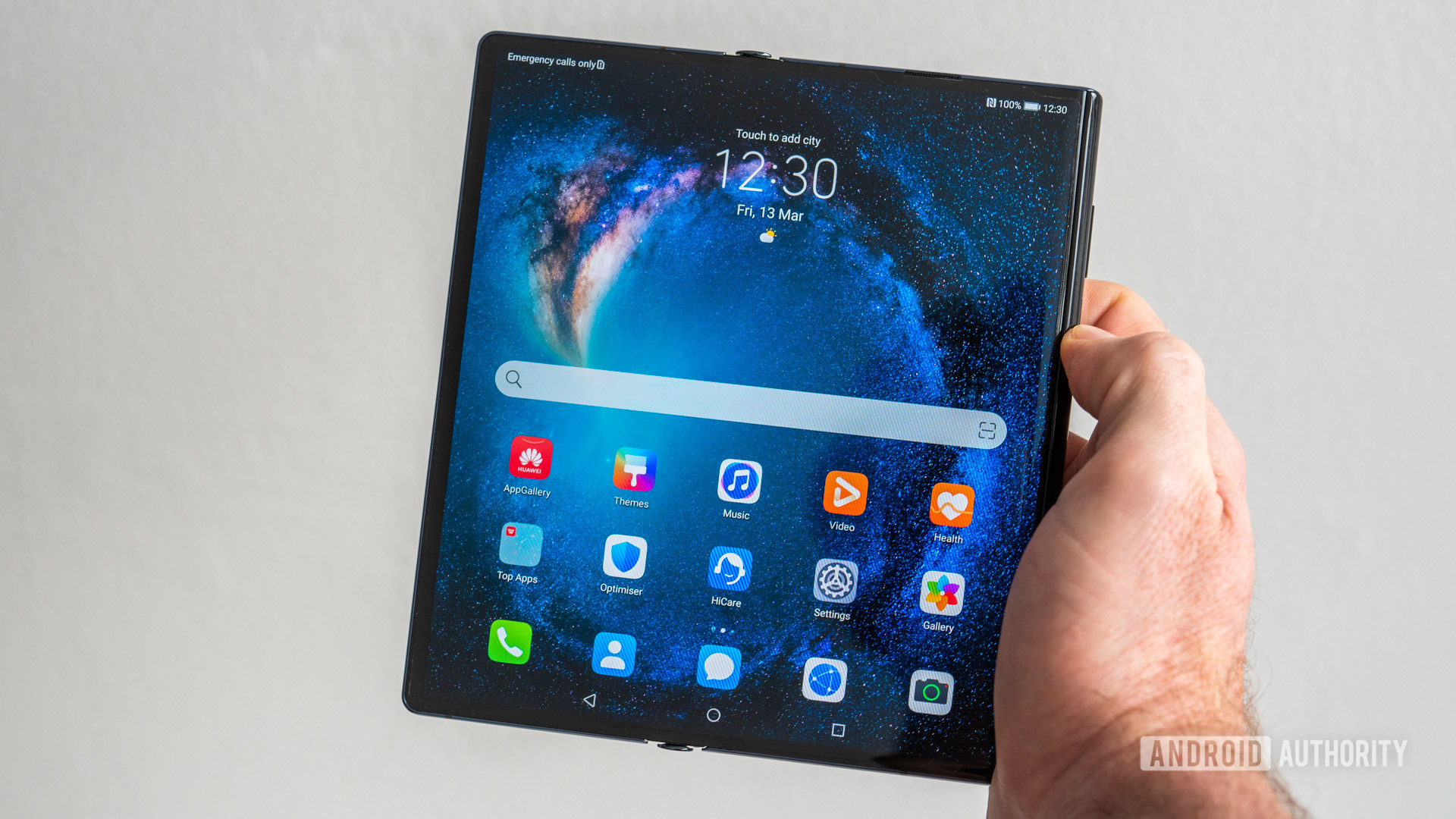
There’s a parallel that can be drawn between super-sized phones of the past and the foldable smartphones of today.
Giant smartphone screens are now the norm, but it’s clear companies are not quite done pushing the boundaries of display size in more experimental form factors. These include flexible phones like the Galaxy Z Fold 3 and HUAWEI Mate series, as well as dual-screened devices like the Surface Duo. Plenty of manufacturers are jumping into the foldable game, so this will definitely become a standard in the next few years.
These are all slightly cumbersome phones that further muddy the distinction between phone and tablet. They may have high price tags and questionable durability, but in many ways, that’s keeping to the spirit of super-sized smartphones, don’t you think?
This is by no means an exhaustive list of the biggest phones ever, so be sure to share your memories of your favorite super-sized smartphones in the comments!